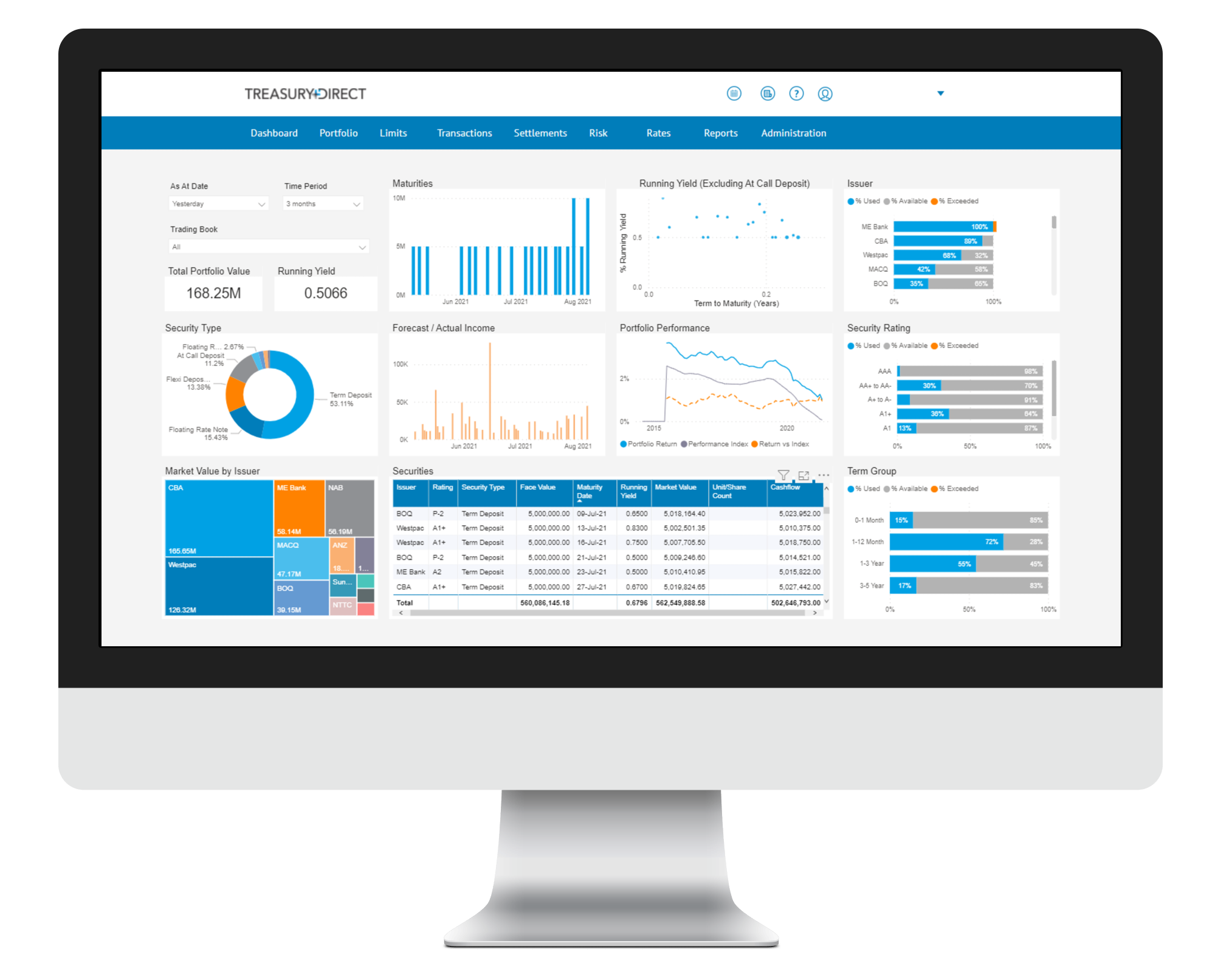Markets Overview
- ASX SPI 200 futures down 1.2% to 7,783.00
- Dow Average down 4.0% to 40,554.32
- Aussie up 0.3% to 0.6318 per US$
- US 10-year yield fell 8.1bps to 4.0511%
- Australia 3-year bond yield fell 16 bps to 3.55%
- Australia 10-year bond yield fell 16 bps to 4.26%
- Gold spot down 0.8% to $3,107.87
- Brent futures down 6.7% to $69.96/bbl
Economic Events
- 11:00: (AU) Australia to Sell A$600 Million 1% 2031 Bonds
- 11:30: (AU) Feb. Household Spending YoY, est. 3.2%, prior 2.9%
- 11:30: (AU) Feb. Household Spending MoM, est. 0.3%, prior 0.4%
The “America First” trade is unraveling in the sweeping turmoil in global markets, with stocks acutely exposed to the US economy sinking alongside the dollar. As Wall Street’s rebellion against Donald Trump’s tariff war intensifies, traders are rushing into fixed-income havens.
About $2 trillion was erased from the S&P 500, with the gauge down about 5%. The Russell 2000 of smaller firms extended its plunge from a 2021 all-time high to 20% on speculation the president’s trade offensive will stunt the American economy. The greenback slid 1.5%, reigniting the debate about its haven reputation during challenging times as the euro, yen and Swiss franc surged. Oil joined a selloff in commodities.
All in, the much-vaunted America-first trade — buying up assets that win when the US outperforms the rest of the world — is reversing on concern that the steepest increase in American tariffs in a century will hammer economic growth.
That’s driving a fierce rally in global bonds, sending the yield on benchmark Treasuries briefly below the closely-watched 4% level. Most other yields also tumbled as money markets priced in a 50% chance of the Federal Reserve delivering four quarter-point rate reductions this year.
Trump has embraced tariffs as a tool to assert US power, revive manufacturing at home and extract geopolitical concessions. Economists say the near-term result of his measures will likely be higher US prices and slower growth, or perhaps even a recession.
“If these tariffs stick, the economy is going to slow down,” said Mary Ann Bartels at Sanctuary Wealth. “Whether it’s a recession or not, it’s clear that the economy is headed for a slowdown in the US and around the world. There’s no place to hide, but the fixed-income markets.”
As spiraling tariff worries hammer US stocks, legendary investor Bill Gross is urging prospective dip-buyers to stay on the sidelines.
“Investors should not try to ‘catch a falling knife’,” he said in an email. “This is an epic economic and market event similar to 1971 and the end of the gold standard except with immediate negative consequences.”
Wall Street will face a key test Friday as the jobs report and a speech by Fed Chair Jerome Powell should set the tone for markets worried about the outlook for the world’s largest economy.
Goldman Sachs Group Inc.’s trading desk has seen a level of activity on Thursday that’s practically “unheard of” apart from stock-market rebalancing days.
It’s the busiest day for the desk since the emergence of Chinese AI startup DeepSeek rattled global markets in late January, John Flood, a Goldman partner and trading specialist, wrote in a note to clients.
“Our desk is a 9.5 out of 10 in terms of activity levels and I would not be surprised to see close to 20 billion shares trade across all US equity exchanges today,” where the average this year is 15 billion, Flood wrote.
Money managers have rolled back exposures to American equities to levels not seen since November 2023, according to a poll by the National Association of Active Investment Managers. Hedge funds dumped global stocks at the fastest rate in 12 years in March, according to Goldman Sachs Group Inc. data.
Recession fears have been rising and that is visible across various asset classes.
Stocks and bond yields are back moving in concert and their correlation is the highest in two years. But unlike in 2023 when they were both going up, this time they’re falling, a typical sign that economic growth expectations are being downgraded.
Nomura Securities International Inc. said it expects gross domestic product to expand 0.6% in 2025 after accounting for the new levies on imports, and a key measure of underlying inflation to rise to 4.7%. Barclays Plc economists took a more pessimistic view toward GDP — projecting a 0.1% contraction — and a slightly more optimistic view of inflation, penciling in a 3.7% increase.
“I have no doubt that over the near-term tariffs will be detrimental to growth,” said Irene Tunkel at BCA Research. “We have gone through the first stage of this calamity and, as I said before, this is bad for financial markets. The first stage is peak uncertainty. The next stage will be downgrades in earnings.”
The US risks being caught between slowing growth and rising prices as a result of the sweeping tariff plans unveiled Wednesday by the Trump administration, according to the president of Apollo Global Management Inc.
The chances of a recession in the world’s biggest economy have risen to 50% or higher, Jim Zelter said in a Bloomberg Television interview Thursday. The risk that tariffs accelerate inflation and constrain the Fed’s ability to stimulate growth by slashing rates has also risen materially, he said.
“We’re left to ponder how far the price action can extend from here. At this stage, the more relevant uncertainty is the degree to which the US equity market will sell off,” said Ian Lyngen and Vail Hartman at BMO Capital Markets. “In the event that stocks continue to slide, we anticipate that Treasury yields will do the same.”

